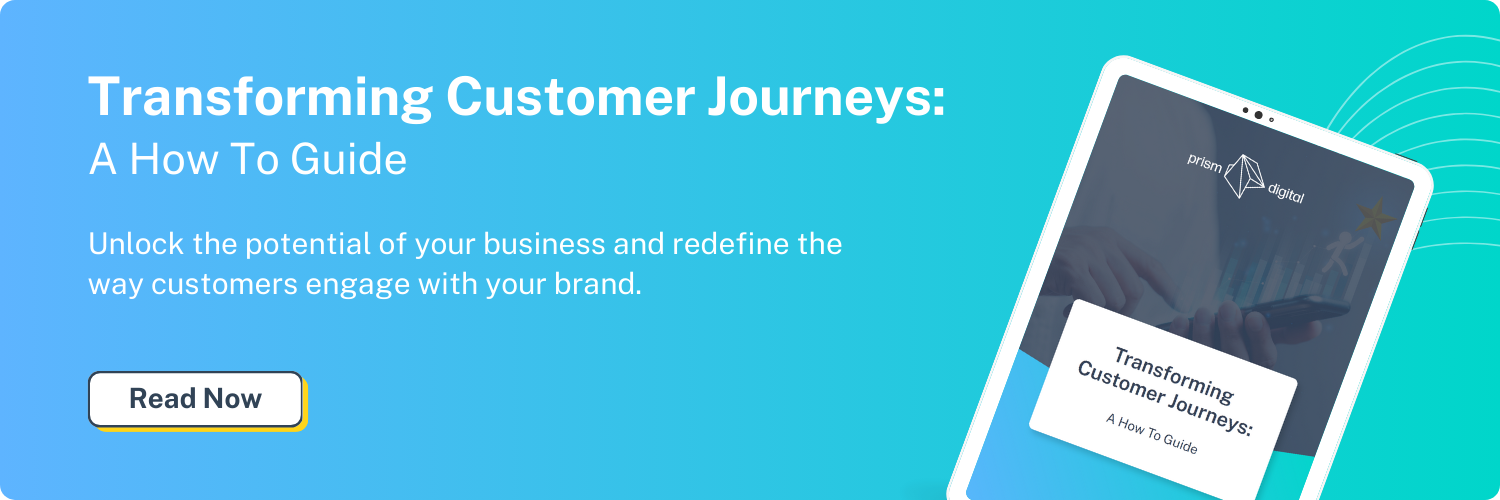Audience segmentation
Audience segmentation is a marketing strategy based on identifying subgroups within the target audience in order to deliver more tailored messaging and build stronger connections. Segmenting your audience into distinct groups allows you to tailor your marketing strategies and messages to each segment, increasing relevance and engagement.
Why is audience segmentation important?
Seth Godin, a prolific author and marketing expert, defines segmentation in his book, This Is Marketing. In a recent interview with Inc, Seth explained that, “We worry about disappointing, missing, offending or otherwise leaving behind someone who might become our customer. To avoid this, we try to produce content that will appeal to everyone.”
Unfortunately, this can often result in mediocre content that’s flat and generic, and in trying to please everyone, we end up pleasing no one. Audience segmentation avoids mediocrity because it makes your marketing efforts more personalized. It lets you:
- Define your target audiences
- Create content and messages that resonate with each segment's unique needs, interests, and preferences
- Meet a specific need that can help drive up conversion rates
- Build a relationship with your customers and earn their loyalty
- Bring in leads to accelerate your sales cycle
- Reduce the risk of delivering irrelevant messages to individuals who are unlikely to engage, minimizing wastage of time and resources
Where to begin
Most marketing efforts begin with the creation of a customer persona, or a mock-up personality meant to represent your ideal customer. That persona can include where that person works, whether they’re a parent, what their hobbies are etc.
Personas help you communicate with your customers on their level, especially when it comes to identifying their pain points—and how you can help alleviate them. Once you create those personas, you can separate them into groups.
Types of audience segmentation
How to use audience segments
Using audience segments effectively involves tailoring your marketing strategies, messages, and content to the specific characteristics, behaviors, and needs of each segment. Here's how to use audience segments to improve your marketing efforts:
1. Identify relevant segments:Determine which segments are most relevant to your business goals and marketing campaigns. Consider demographics, behaviors, interests, and other criteria.
2. Create personalized content:Develop content that speaks directly to the interests and needs of each segment. This could include blog posts, emails, social media posts, and videos.
3. Craft targeted messages:Customize your messaging to resonate with each segment's unique pain points, desires, and motivations.
5. Segment email campaigns:Create email campaigns that target specific segments with content and offers that are relevant to their interests and behaviors.
6. Adapt ad campaigns:Adjust your digital advertising efforts to target different segments with ads that reflect their preferences and behaviors.
7. Tailor website experience:Use dynamic content on your website to display personalized messages, offers, and product recommendations based on the visitor's segment.
8. Personalize product recommendations:Use past purchase and browsing data to recommend products or services that align with each segment's preferences.
9. Social media engagement:Engage with each segment on social media by sharing content that resonates with their interests and using relevant hashtags.
10. Lead nurturing:Create automated workflows that deliver targeted content and follow-ups to nurture leads based on their stage in the buyer's journey.
11. Customer retention:Segment your existing customer base to offer loyalty rewards, personalized recommendations, and exclusive offers that encourage repeat business.
12. A/B Testing:Conduct A/B tests within each segment to determine which messages, offers, and strategies resonate best.
13. Monitor and analyze:Regularly monitor the performance of each segment to understand their engagement levels, conversion rates, and other key metrics.
14. Refine and iterate:Based on the data and insights gathered, refine your segments and strategies over time to improve their effectiveness.
15. Feedback and interaction:Encourage interaction and feedback from each segment to better understand their needs and preferences.
16. Provide value:Ensure that your marketing efforts provide value to each segment, whether it's solving a problem, fulfilling a need, or enhancing their experience.
A final thought
Remember that the effectiveness of your segmentation strategy depends on your industry, product or service, and the goals of your marketing campaigns. It's also common to use a combination of segmentation criteria to create more refined segments. Regularly review and update your segments as your audience's behaviors and preferences change over time.
.png?width=200&height=73&name=Logo(1).png)


